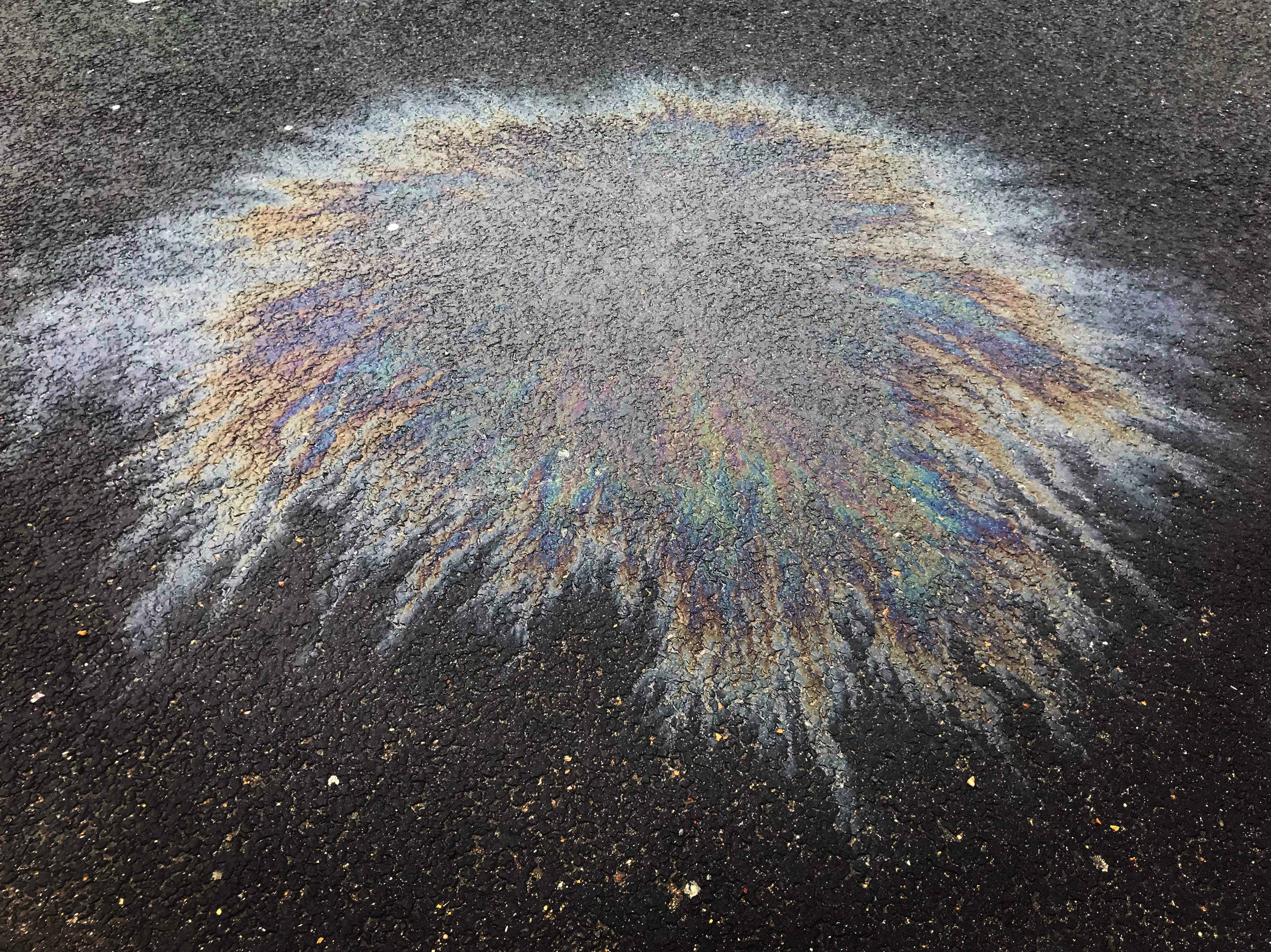
Plantain
Plantago lanceolata, major, and media
Plantain Family (Plantaginaceae)

Please note that this information is largely based on De la Foret (n.d.) except where noted. See Reference section for all reference details.
Plantain is a widespread plant, with some species growing in most parts of the world. It likes poor, compacted soil, and went to the United States from Europe, spreading everywhere over there. Thus, Indigenous people there referred to it as ‘white man’s footstep’.
You’ll often see it on edges of lawns, places that people step on frequently, and it grows much of the year.
The leaf is useful in many ways because as a vulnerary herb, it calms/soothes irritated tissue generally; in addition, plantain has antimicrobial properties. It is slightly astringent (tissue tightening) and demulcent; demulcent means it helps form a protective film on membranes.
One of its constituents, aucubin, has wide-ranging effects - including antioxidant; inflammation-modulating; liver-protective; neuro-protective; and bone-protective (Zeng et al., 2020).
Skin
- Draws out splinters or other debris, as well as infection (via astringent tannins)
- Relieves insect bites, nettle stings, itchiness, ulcers (via its mucilage)
Antimicrobial via its aucubin (Lee et al., 1986)
Wound healing via its aucubin and allantoin, also antimicrobial action helps tackle/prevent infection, and it helps to stop bleeding (Lee et al., 1986)
Pain
Toothache (chewing and keeping at affected area, reapplying as necessary)
Relieves plantar fasciitis when the leaf is put in shoes
Earache relief (as drops of juice or tincture)

Urinary Tract
Cools and calms inflammation; fights and draws out infection, and moistens dryness
Haemorrhoids
Relieves, especially as a fresh leaf poultice
Respiratory system
Hay fever (its astringency dries up runniness, and helps modulate inflammation)
Soothes coughs (especially as a juice*) and also helps expectorate mucus
Digestive system
Supports healing of ulcers
Helps heal leaky gut - via astringent action tightening gut lining; antimicrobial action fighting infection; mucilage soothing irritated tissue
*A juice benefit can be obtained by blending fresh leaves in water and then straining out the fibre
The seed head has a nutty or mushroomy flavour and can be eaten, raw or sautéed and is a good source of fibre. The seed husk (outer covering of the seed) of a variety of plantain found in South Asia, Africa, and the Mediterranean, Plantago ovata, is used for fibre; to relieve both diarrhoea and constipation; to help lower LDL (low density lipoprotein) cholesterol when used in conjunction with a low cholesterol diet; and to relieve irritable bowel and other intestinal distresses (Mount Sinai, n.d.). It can also help draw out toxins. This husk is called psyllium husk, or ispaghol, in South Asia.
Note that ribwort plantain leaf is very prone to bruising and thus difficult to dry well. It’s probably best used fresh, or a small amount dried to test how well it dries in your drying context. Alternatively you can purchase dried plantain.

Broadleaf plantain
Plant preparations
Internal
- Juice
- Infusion
- Tincture
- Vinegar
- Leaf edible in salads, vinegars, pestos
- Seed head edible
External
- Spit poultice (Chew fresh plantain in your mouth, spit and apply to skin)
- Poultice
- Oil
- Balm
Cautions
Plantain is considered safe and there are no known side effects or contraindications.
References
- De la Foret, R. (n.d.) Plantain Herb. Herbs with Rosalee. Retrieved Oct 21st 2021
- Eun-Sook, L. Jung-Wook, A., Woong-Chon, M., Il-Moo, C. (1986) Pharmacology of Iridoid: Antimicrobial Activities of Aucubin, Korean Journal of Pharmacognosy, 17(2) pp. 129-133
- Mount Sinai, n.d. Psyllium. Retrieved Sept 2nd 2022
- Zeng X, Guo F, and D Ouyang. (2020) A review of the pharmacology and toxicology of aucubin, Fitoterapia, Jan; 140:104443.